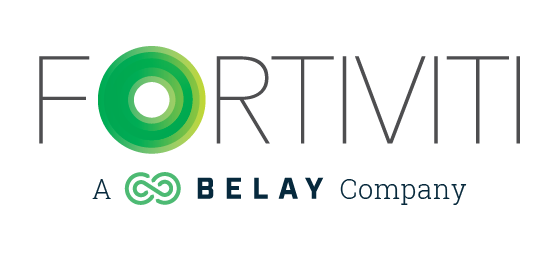The third phase of a sprint is Transition. In your budget process, it’s time to transition to expenses! Review your monthly P&L from 2014 to analyze your expenses. Determine which expenses are fixed (such as rent) versus variable (utilities? labor?). For expenses that are fixed and won’t fluctuate, like rent, enter into your monthly template. For variable costs that are necessary, review to determine how they will fall within each month during the next year. Some costs are variable due to the variations in production/revenue. Other expenses are variable due to changes in the time of year. For example, utilities are higher in the extreme temperature months, whereas, labor will likely vary with production volumes. Review these expenses to determine how much you’ll be spending and enter in each month of your 2015 budget spreadsheet.
As you review your expenses, also consider how your strategic plans for 2015 will affect your expenses. For example, you may have only spent $500 per month on marketing in the current year, but you may have a new marketing strategy that’s going to require that be doubled or tripled in the year to come. Determine what your goals are for various parts of your operational strategy and then set your budget to coincide with those goals. Don’t just throw a number out there and then hope you’ll hit it. Be realistic. If you’ve averaged $1,000 in office supplies to keep the business running, then don’t try and tell yourself you’re going to cut it to $500 just because you’d like to take more to the bottom line. But, if you know that you have chosen to go paperless in the new year and will therefore dramatically reduce your office supply purchases (paper, printer ink, pens, envelopes, etc.), then the reduction could be achievable.
Review your labor costs. Labor is usually the largest line item on a P&L. Determine if you are overstaffed. Can you do more with less? Are you paying above market rates for your staff? Or, are you spending too much on benefits? Maybe you are implementing a new benefits program. Make sure you include the cost in your 2015 figures. If you have employee incentives or bonus programs that are driven based on sales or net income, then be sure that you have taken that into consideration with your labor cost estimates.
After you have reviewed and entered all expenses for the 2015 budget, what does your bottom line look like? Are you going to need to make some cuts to see the profitability you want? Or, should you budget some additional debt reduction in the new year with your expected results? Perform an overall review of your budget to determine reasonableness. Consider adjustments you need to make prior to the end of the year in order to meet the expense levels you are projecting. Make a checklist for those updates you need to make before the end of the year and then get busy checking it off!
Posted in Small Business Resources
